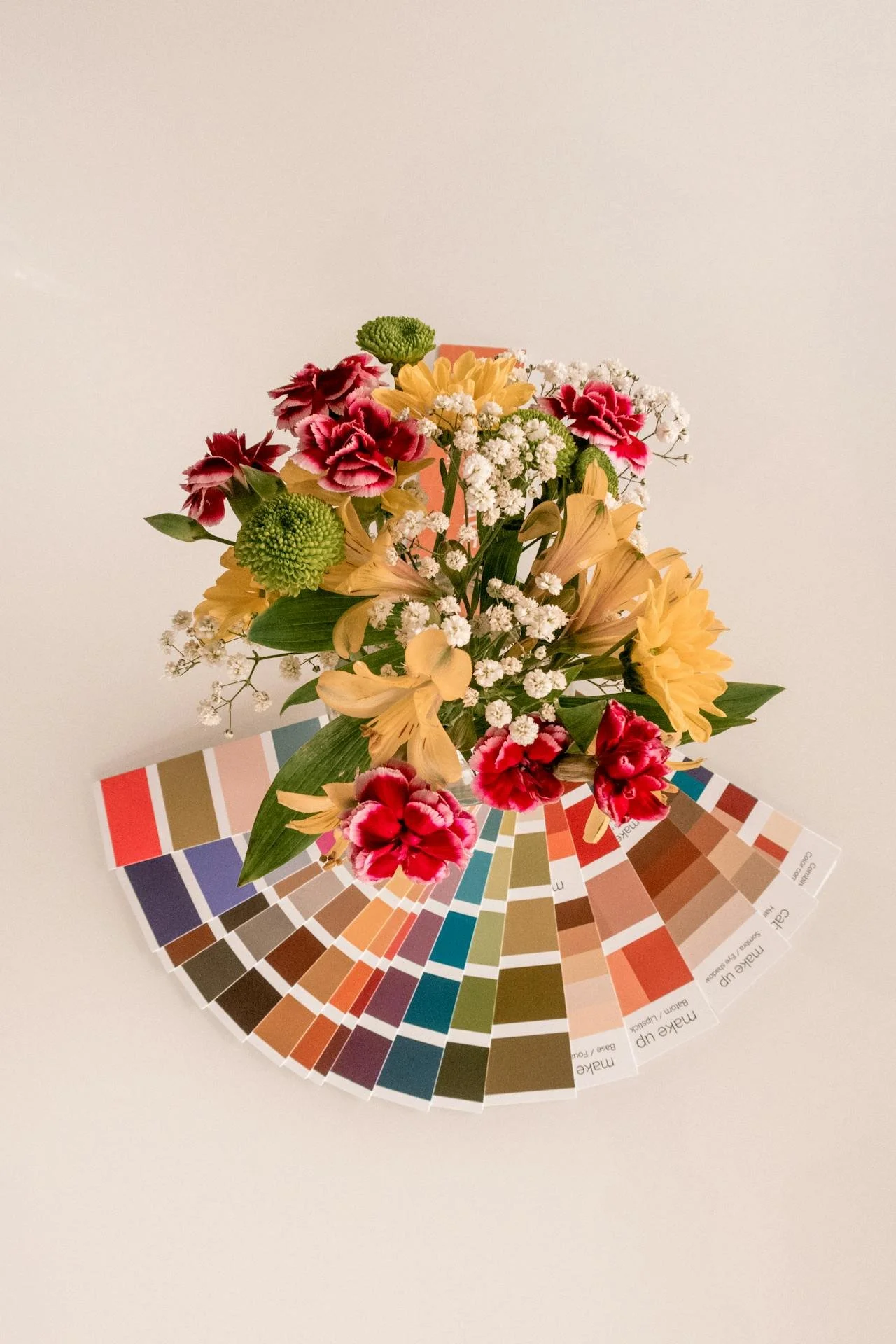5 Essential Principles of Flower Arrangements
When it comes to floristry, it is crucial for Hong Kong florists to grasp the principles that underpin the craft. Understanding fundamentals such as symmetry, balance, colour harmony, and texture is essential for creating pleasing arrangements. However, while these principles serve as a solid foundation, it is equally important for florists to know when to break the rules to let their creativity shine. Innovation often emerges from pushing boundaries and thinking outside the box. By experimenting with unconventional pairings, unique designs, or daring concepts, florists can set themselves apart and offer customers truly distinctive and memorable arrangements. Striking the right balance between adhering to principles and exploring creativity is key to producing stunning floristry work that captures attention and leaves a lasting impression.
Balance:
Balance ensures visual stability in your arrangement. Consider both formal and informal balance:
Formal Balance: Achieved through symmetry, where elements on one side mirror those on the other. Think of a perfectly centered arrangement.
Informal Balance: Achieved through asymmetry, where elements are distributed unevenly but still create visual equilibrium.
Use horizontal and vertical lines as guides to assess balance. Adjust elements to ensure equal attention on both sides.
Dominance:
Dominance draws attention to a focal point or style within your arrangement.
Repeat one or more elements (such as a specific flower type or color) to create dominance.
The dominant element becomes the star of your design.
Rhythm:
Rhythm adds movement and flow to your arrangement.
Create rhythm by repeating specific elements in a clear linear direction.
Think of how waves move or how leaves grow on a stem.
Scale:
Scale refers to the size of elements relative to each other.
Use larger flowers or focal points to create impact.
Group materials using the odd-number principle (three, five, seven) for a natural look.
Color:
Color plays a crucial role in floral design.
Consider color harmony (complementary or analogous colors) to evoke specific emotions.
Balance warm and cool tones for visual interest.
These principles serve as guidelines, but creativity allows you to break them intentionally. Explore, experiment, and let your passion for flowers guide your arrangements!
